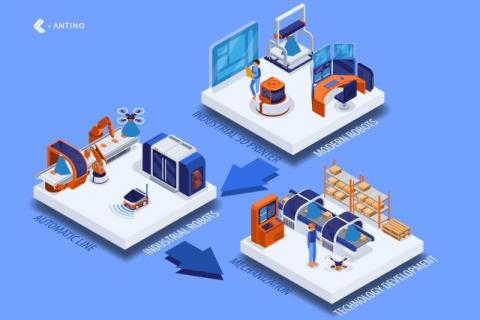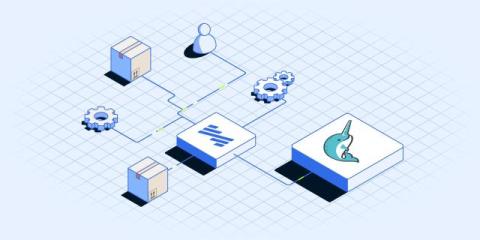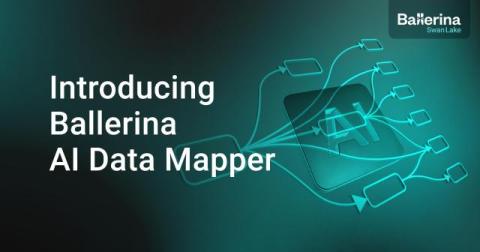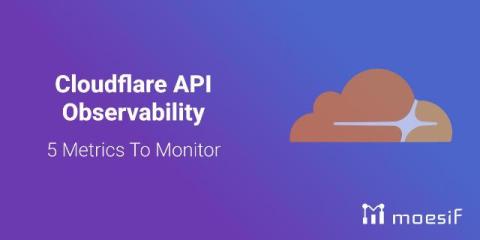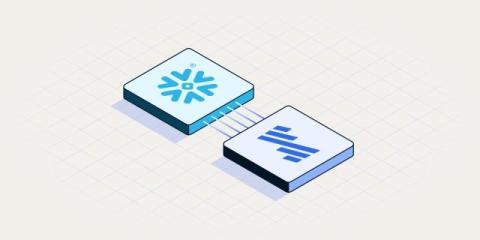What is Data Architecture? A Look at Importance, Types, & Components
Data architecture is a structured framework for data assets and outlines how data flows through its IT systems. It provides a foundation for managing data, detailing how it is collected, integrated, transformed, stored, and distributed across various platforms. It also establishes standards and guidelines for data handling, creating a reliable and scalable environment that supports data-driven activities.



